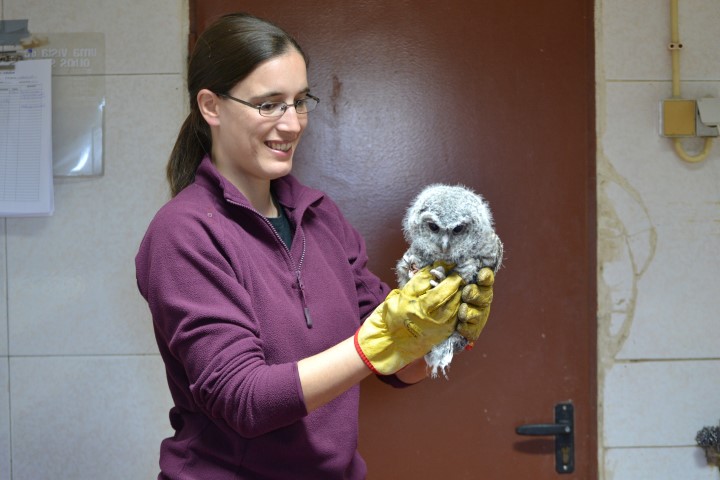 Whether birds, reptiles, amphibians or mammals, they all reach the Rias – Ria Formosa Wildlife Research and Recovery Center, in need of care and a chance to get back into the wild. Of the approximately one thousand animals that enter this space each year, located in the heart of the Ria Formosa Natural Park, in Olhão, half are returned to nature.
Whether birds, reptiles, amphibians or mammals, they all reach the Rias – Ria Formosa Wildlife Research and Recovery Center, in need of care and a chance to get back into the wild. Of the approximately one thousand animals that enter this space each year, located in the heart of the Ria Formosa Natural Park, in Olhão, half are returned to nature.
This was, for example, the case of a griffin (Gyps fulvus) which, in Rias, recovered its nature as a scavenger after an experience as a poultry. The story was told to Sul Informação by Fábia Azevedo, coordinator of the center. «We had a griffin, which came from the Mértola area, which was in a chicken coop being fed with corn. The lady who had it cut off all its wing feathers and beak. These animals weigh, on average, eight to ten kilos and this one arrived here with three. Luckily, you didn't cut your beak too close, we were able to sharpen it again and free it».
The history of wild animals, in particular birds of prey, that are targets of domestication attempts is common. «Rias has even received an eagle with ribbons on its paw where it was written “SLB”», or «foxes with a collar, leash and a little guinea pig. People try to domesticate the animals, but then they see that they are suffering and regret it. Reversing a domestication process, to return animals to Nature, is difficult».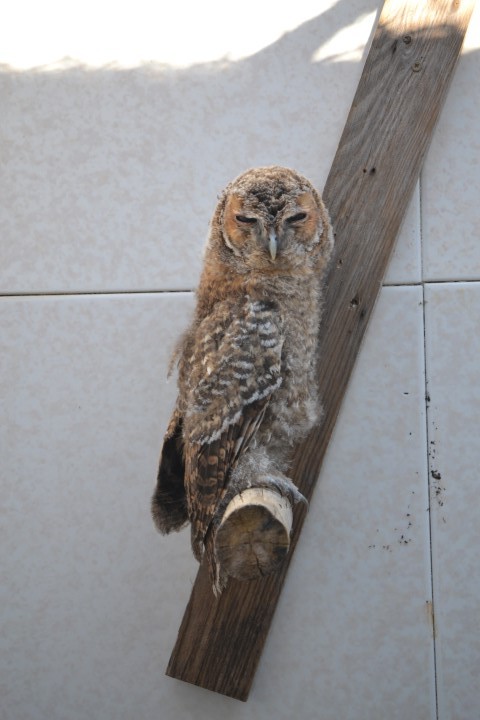
When the animals are not recoverable, Rias cannot keep them for a long time and has to find solutions that are sometimes unpleasant. «For animals that are “beautiful”, we try to find a space where they can be on display, such as zoos or parks. However, there are also very common species that are not suitable for display, such as seagulls. In that case, we have to opt for the last resort, which is euthanasia. There is still a situation that sometimes happens, for example, with owls. If an owl is blind, it cannot be released, but it can help us as a foster mother for any offspring that fall from a nest», explained the biologist.
Rias, which started its activity in 2009, receives “patients” from all over the Baixo Alentejo and Algarve, and, according to the coordinator, it is the recovery center at national level that takes in more animals per year. The center's maximum capacity is around 150 animals simultaneously, but this capacity can be maximized as not all recovery chambers are functioning.
According to Fábia Azevedo, “we have large outdoor facilities adapted to different types of animals. However, they are not working at 100%».
The reasons for this to happen are related to financing. The center's income does not cover all expenses: expenses with personnel, maintenance, treatments and food for the animals.
“Right now, we have a lot of difficulty in getting meat for the animals. We have Makro's support, but it's not enough. In addition, we lack nets – shade and metallic – wood for structures, perches and boxes, taps – that come to steal from us…», laments the responsible.
Since its opening, Rias has had the support of ANA Aeroportos, which supports three salaries, but according to Fábia Azevedo “three employees for a thousand animals a year is not enough and we wanted to increase the team”. Currently, Rias also has two interns under the IEFP programs and some volunteers, but more is needed.
“Here everyone does everything. Our idea would be to find a way to stabilize this team that we have now. But we also need interns who want to come and work with us and volunteers. We are open to receive you in the most varied areas. For example, in the areas of marketing and information technology, it was lacking», he adds.
The lack of funds that hinders work at the Rias has never left any animal “at the door”, but it does influence some decisions that are taken. “We never turned down any animal, but we have to be materialistic in some situations. Maybe we're not going to spend money doing surgery on an animal of a more common species like a yellow-legged gull [larus michahellis], which is not threatened… Maybe we saved that money to perform the same surgery on a black vulture [Aegypius monachus], quite threatened'.
Sponsorship campaign for companies is underway
At the end of February, Rias launched the 2nd edition of the Rias Sponsorship Campaign for companies, which allows a company to sponsor an animal or a species.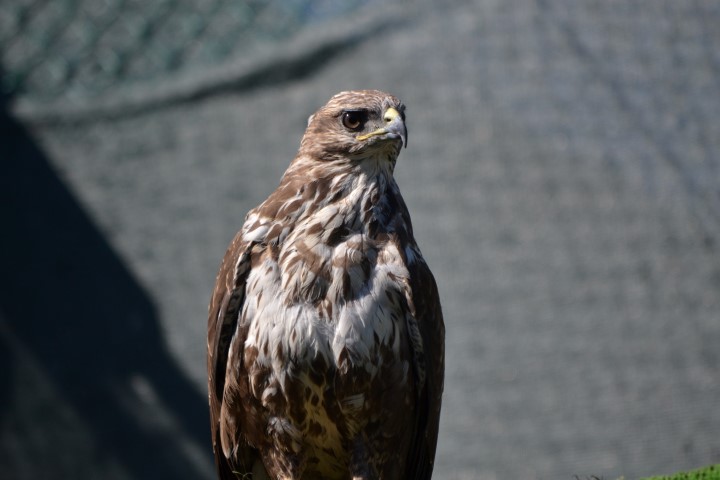
The Center is developing contacts, but, for now, only Niobo, in Olhão, has joined the initiative, sponsoring the white storks (Ciconia ciconia). “Niobo supported the first campaign and, in the case of sponsoring an entire species, as is the case, it is valid for two years”, explains Fábia Azevedo.
In this campaign, sponsoring a species costs 500 euros and an animal only 250 euros. «This year, we hope to have more companies to support, we also developed another type of approach with sending emails and face-to-face meetings. The values we ask for are not extravagant for a large company. A company giving us 500 euros is not much», he considered.
However, Rias also has sponsorship campaigns for individuals and schools. “We have a total of about 30 godparents per year and, last year, we launched a campaign for schools, in which a class sponsors the animal, comes to do educational activities with us and then comes to free the godson”, concludes the coordinator.
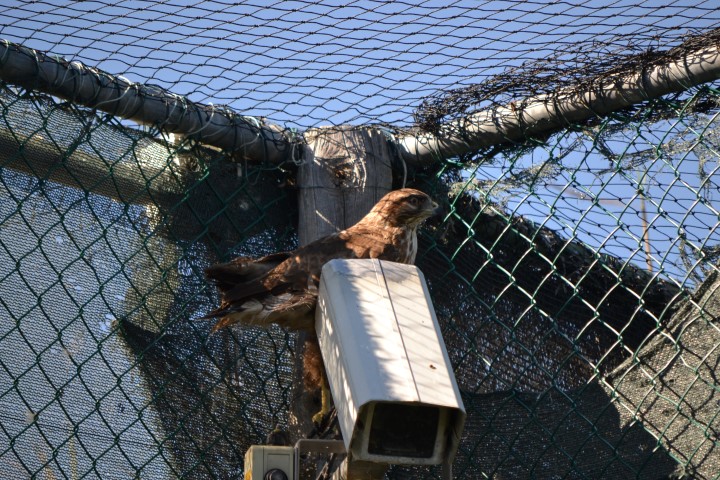
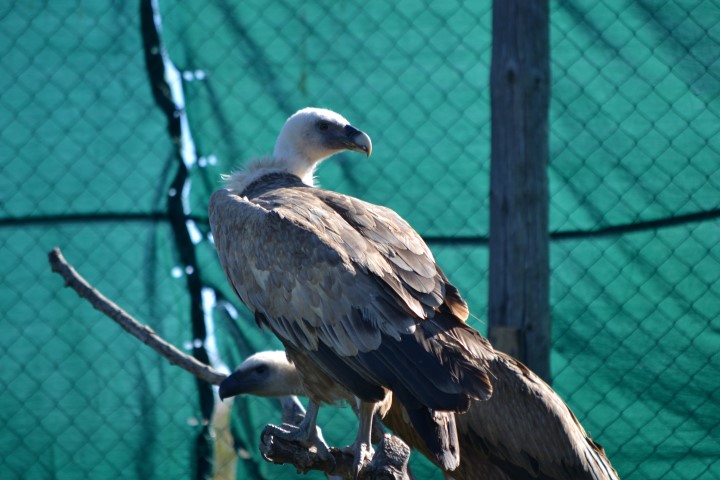
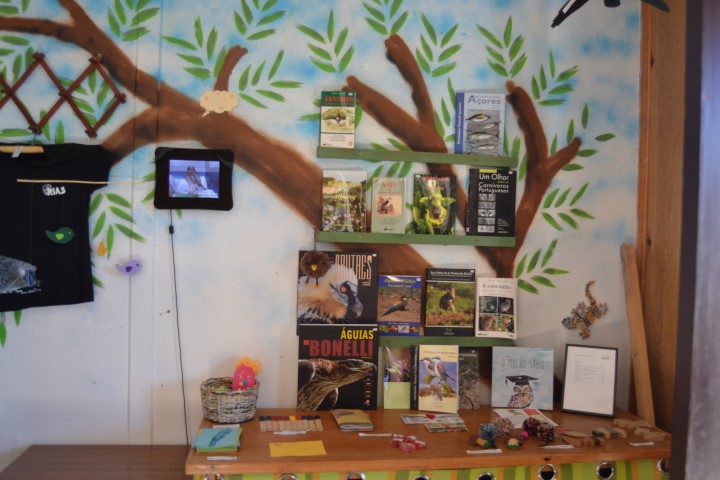
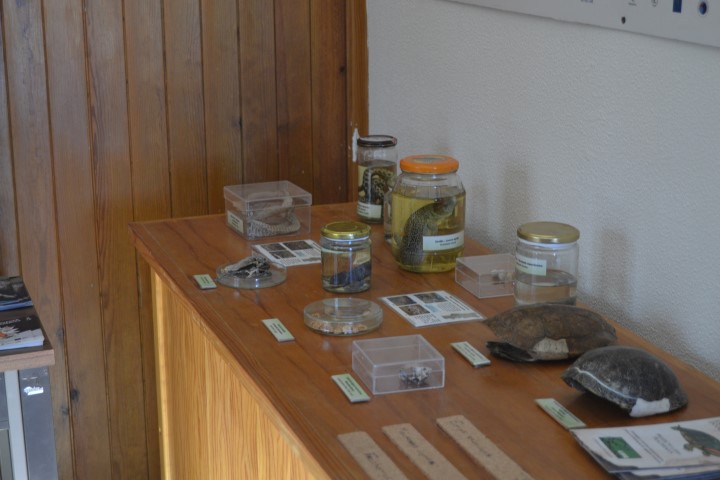
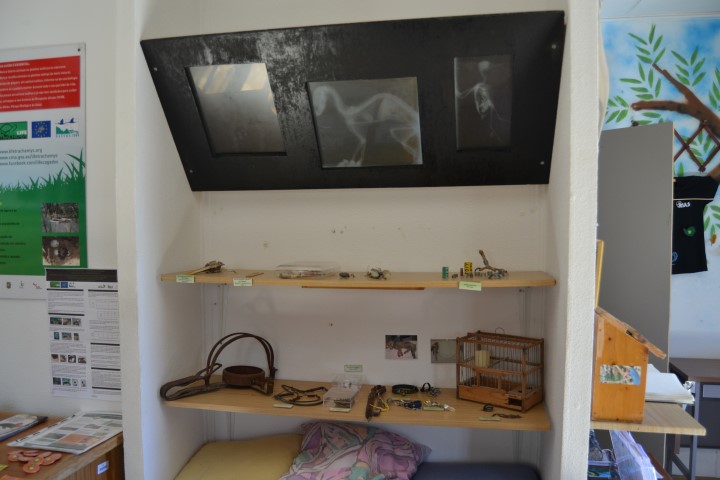
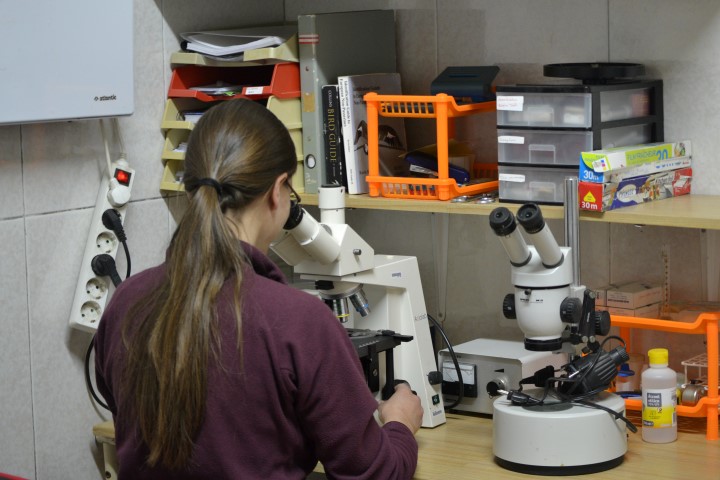
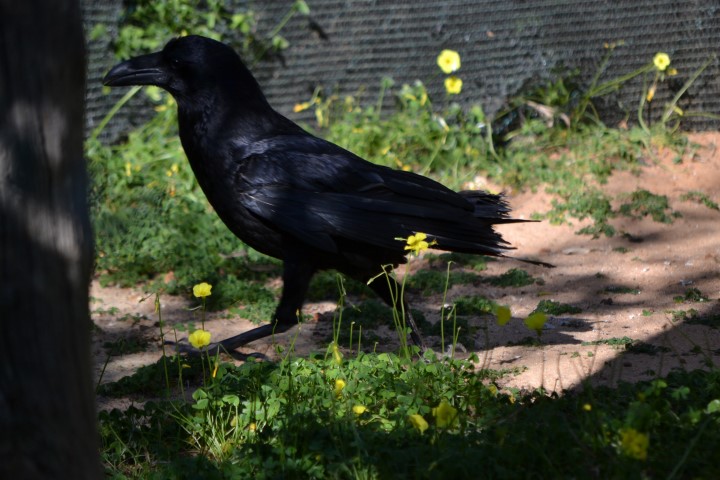
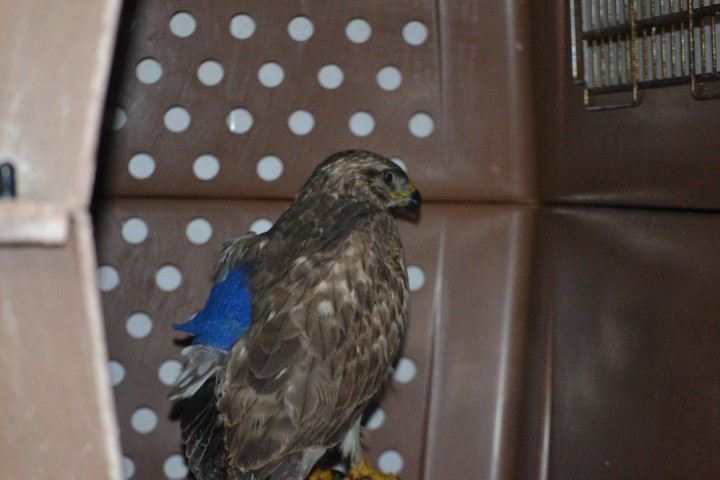
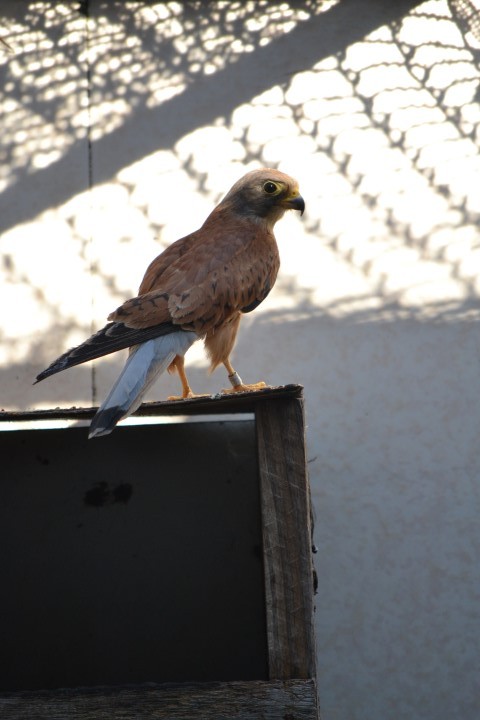
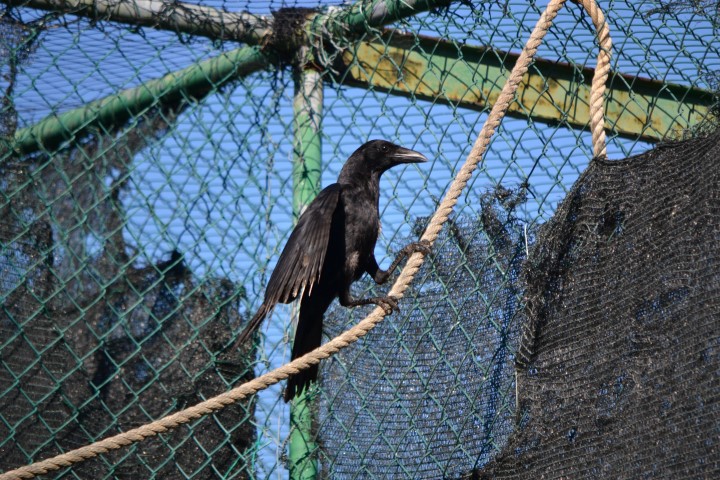
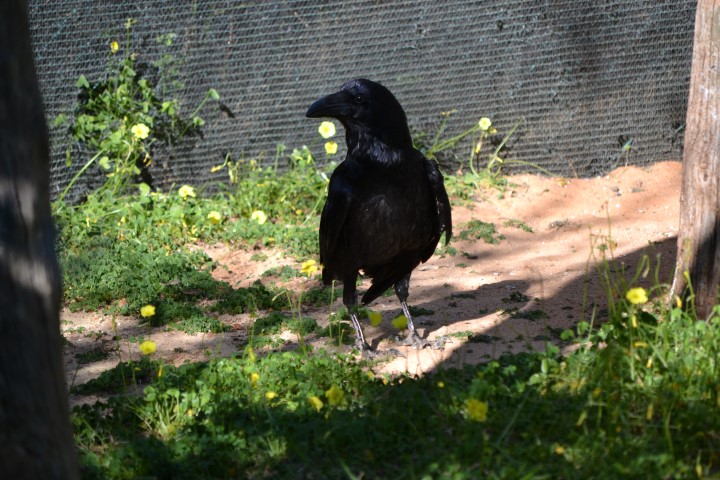
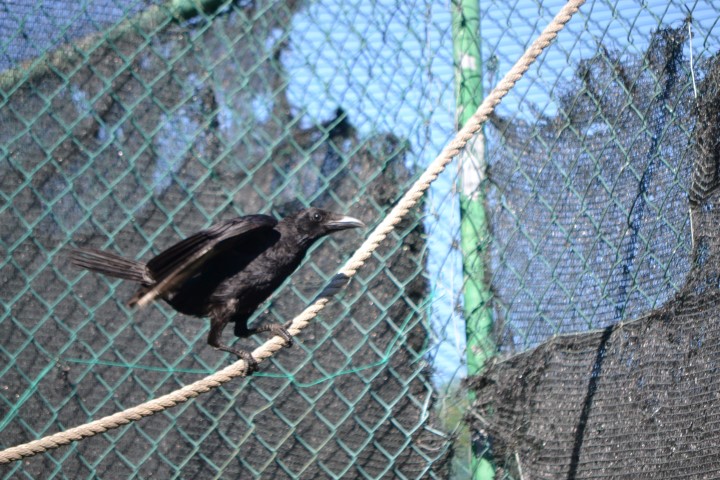
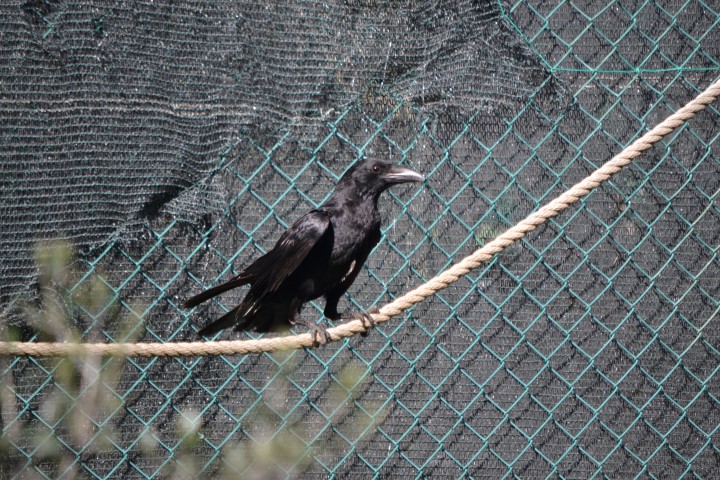
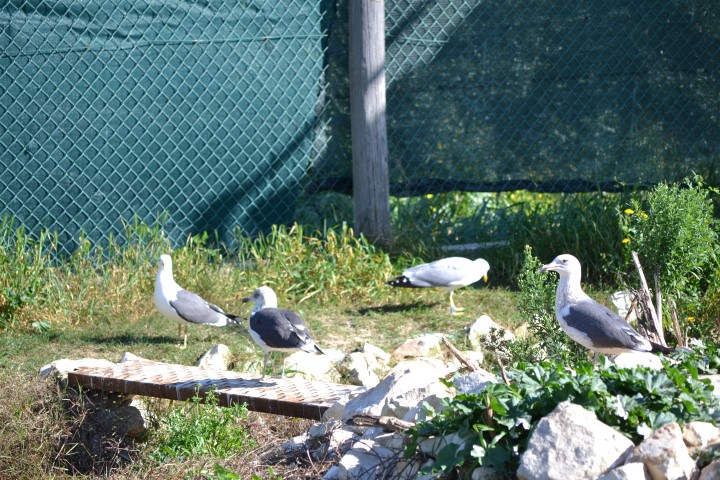
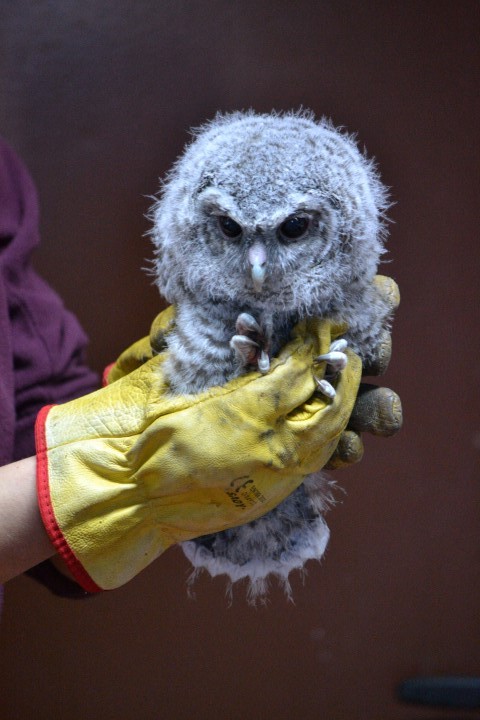
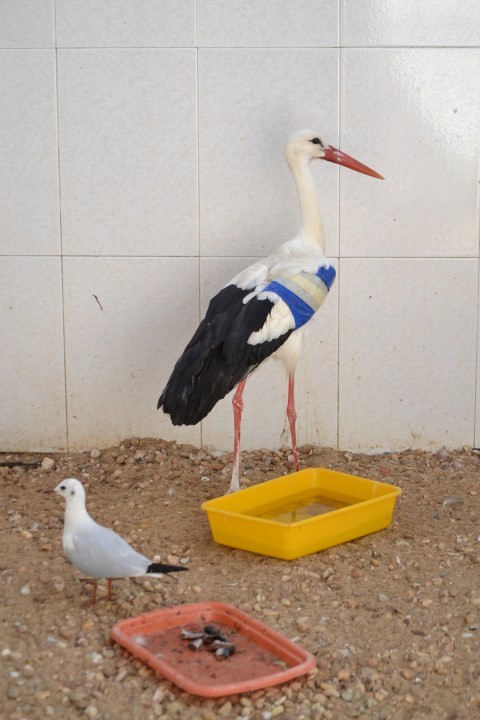
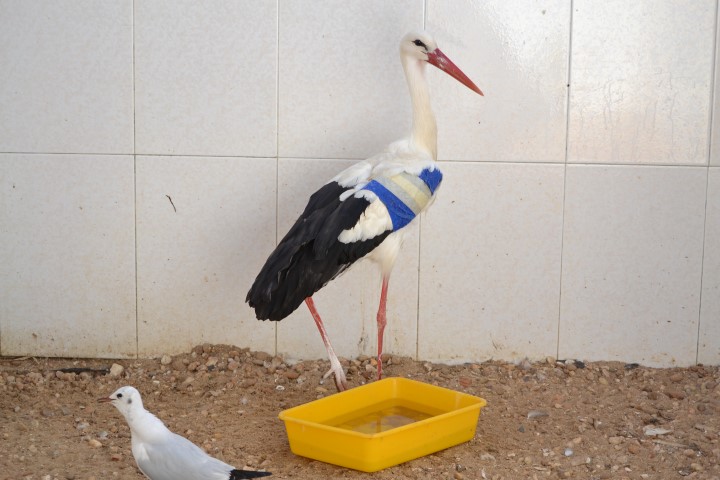
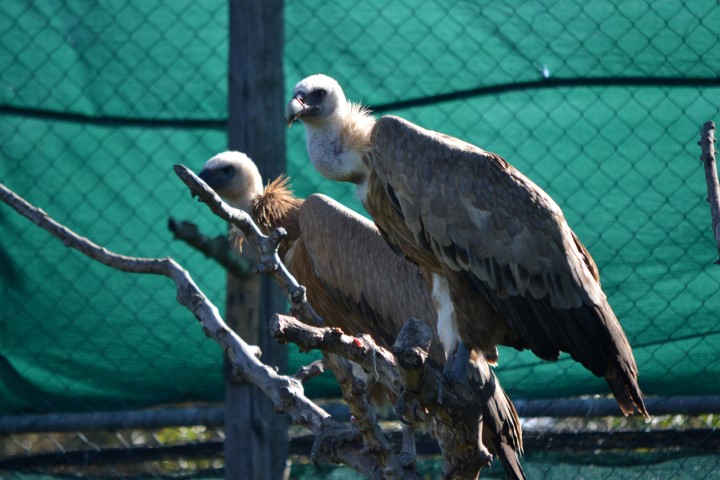
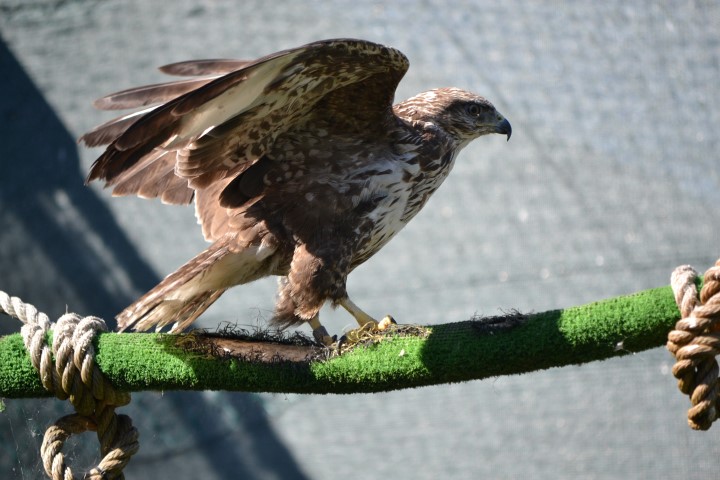
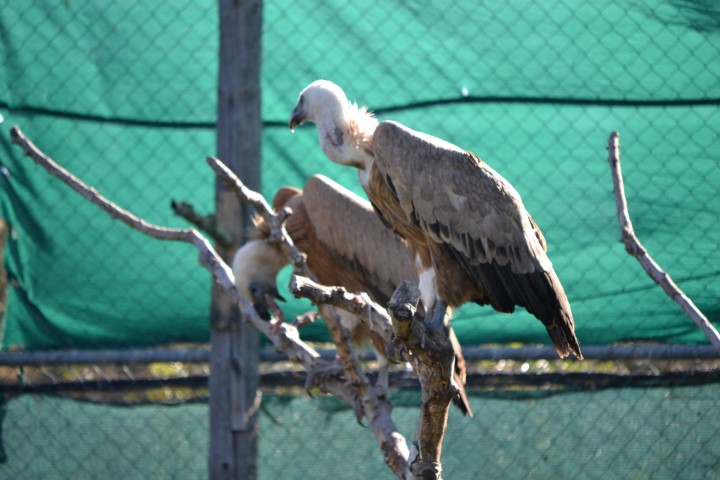
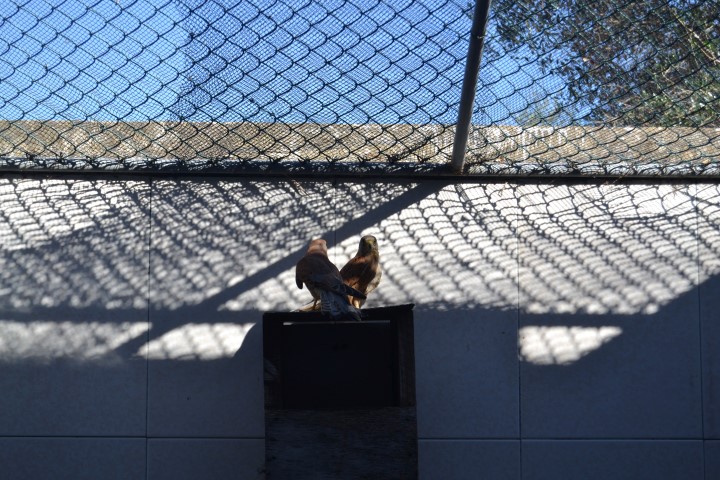
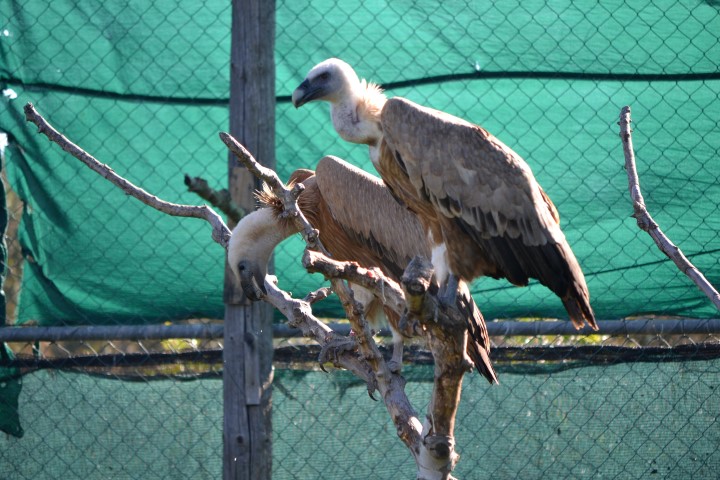
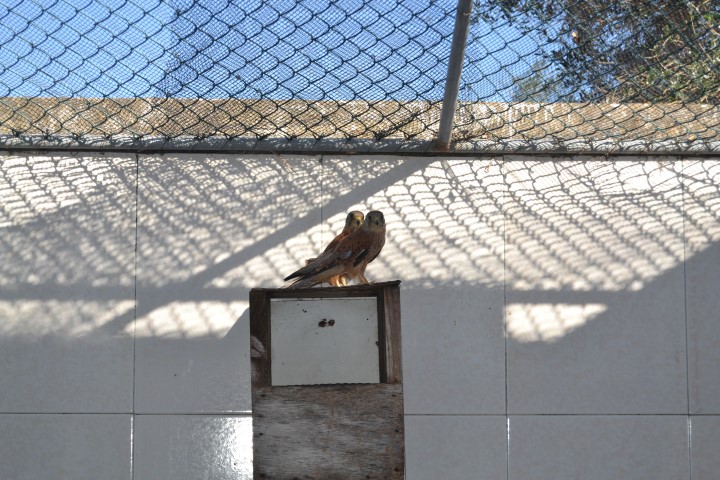
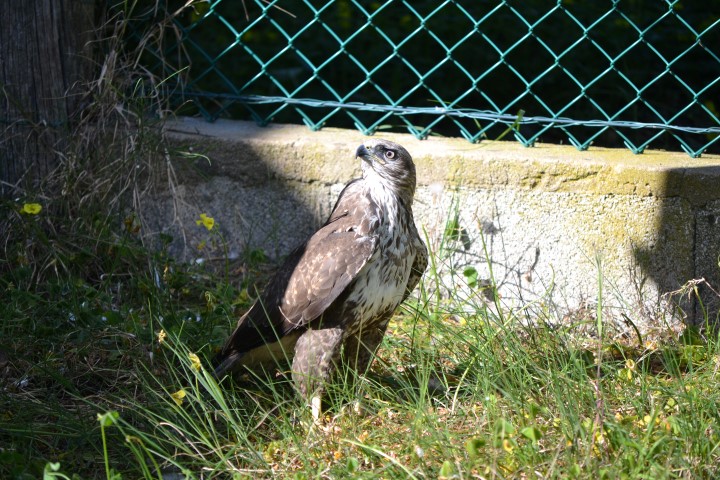
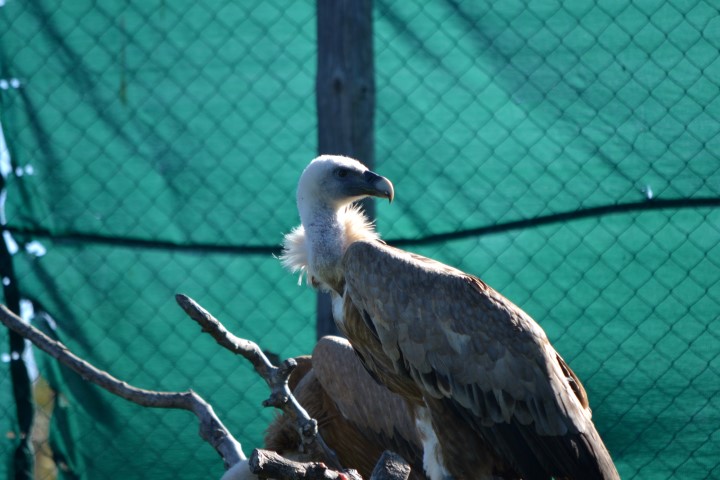
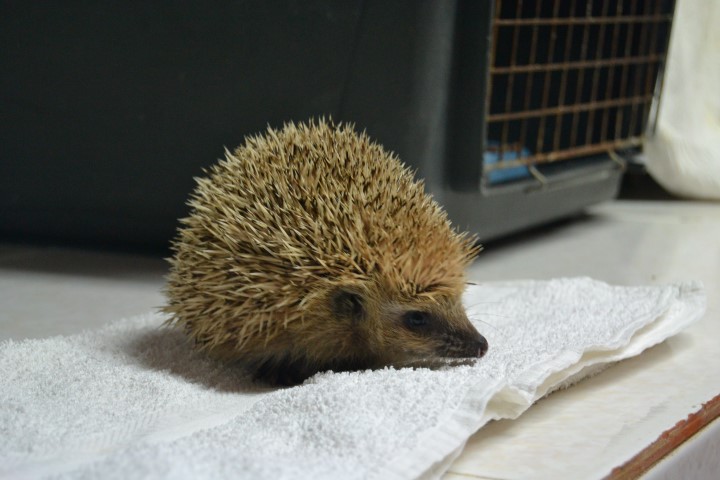
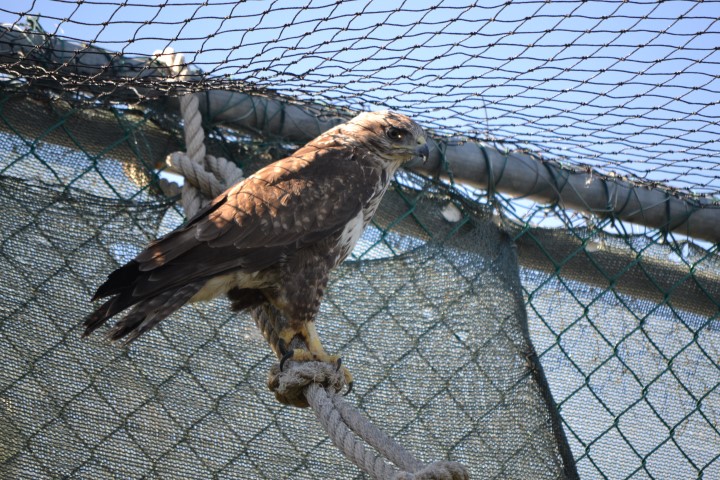
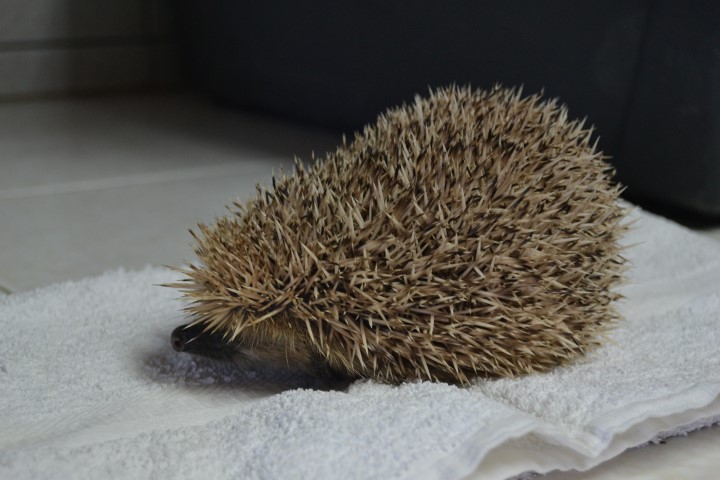
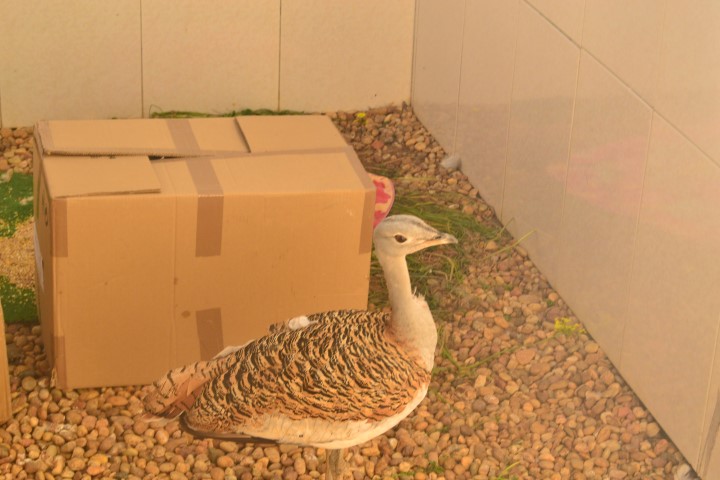


















Comments